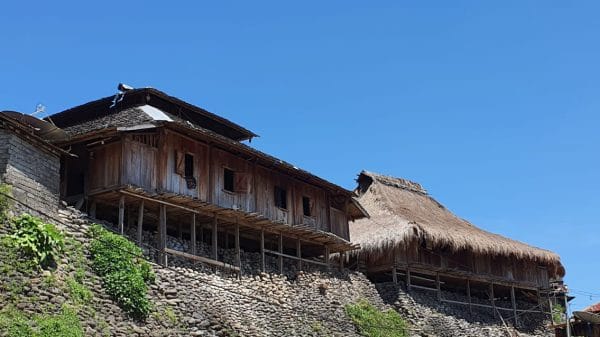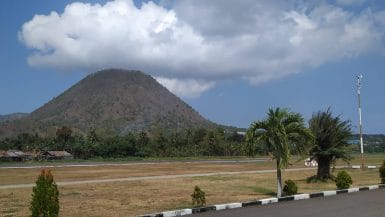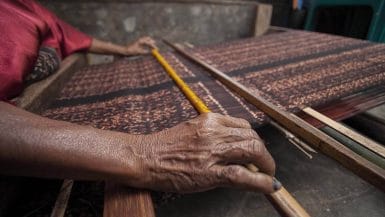The exploration of the unique cultures of Indonesia will never end. If you are interested in traditional tourism, you should visit Wolotopo Traditional Village.
Wolotopo Village is an island in Indonesia’s eastern part that offers a unique experience. Besides cultural tourism, Flores is also known for its beautiful scenery and woven fabrics.
About Wolotopo Traditional Village
In Indonesian, Wolotopo village is called ‘Kampung Wolotopo’. It lies in the Ndona District, Ende Regency, Flores, Nusa Tenggara East. Locals call this village Megalithic Village.
It is located 12 kilometers east of Ende City, on the southern coast of Ende Island. It is on a hill overlooking the sea. A large number of tourists visit this place each day.
Wolotopo is home to the Lio Tribe, an indigenous group continuing to practice and promote ikat weaving. In Woolotopo, several traditional houses have been around for more than seven generations or over 500 years.
Accommodation in the Village of Wolotopo
If you want to visit Wolotopo village, you don’t have to worry about accommodations there. Wolotopo village has undergone a lot of infrastructure development in addition to the commitment of the government to make it a tourist village.
Wolotopo village offers homestays for tourists who wish to stay there. Guests also have the chance to interact with the owners of the homestays and enjoy local cuisine typical of Wolotopo.
Wolotopo village is also a popular research site for students, experts, and others to learn about local culture and customs.
How to Get There
From HH Aroeboesman airport, you can get to Wolotopo village. It will take you 30 minutes from HH Aroeboesman airport to Wolotopo Village, or 8 kilometers from the airport.
A two-wheeled or four-wheeled vehicle can travel to Wolotopo within 30 minutes. It is easy to find this tourist village following the beach roads and listening to the crashing waves.
Attractions in Wolotopo Village
Additionally, the village offers a variety of tourist attractions. These range from natural tourism to artificial tourism to cultural tourism.
The simplicity and tradition of the village make it feel so springlike. Furthermore, the encroachment of megalithic structures can be seen in the remnants of megalithic tables. Near Kedha Kanga, you will meet some old menhir.
Wolotopo Village’s Nature Tourism
As you approach Wolotopo, you will see the still beautiful Nanganesa Beach. From there, you can see stunning sunsets and sunrises. Furthermore, Wolotopo village’s beach has a lot of rocks, which is a unique feature of the sea there.
Wolotopo Village’s Artificial Tourism
Aside from nature tourism, Wolotopo also offers artificial tours made by the locals. The weaving process, trekking, fishing, local cuisine, and selfie spots are some artificial tourist attractions to enjoy.
Wolotopo Village Cultural Tourism
Wolotopo village also presents an intact culture, not just natural and artificial tourism. You can also witness the traditional Walopo ceremony and learn more about it.
Aside from ritual ceremonies, you can also see for yourself how the Wolotopo live their lives. In addition, the community produces art like kain tenun.
You can take the kain tenun home as a souvenir. Other great foods from Wolotopo include Bengkoang, Pisang Branga, and other culinary delights. And, of course, you have to visit the Wolotopo Traditional House.
Wolotopo Village’s Traditional House
Many traditional houses there have unique features. Most villages and homes there are built upon deep, solid stone foundations. Due to the large stones used in construction and its location on a hill, it is known as a megalithic village.
In front of the traditional house, there is also an old megalithic grave. The ancient burial area includes graves of traditional elders as well as menhirs and stone offerings for the ancestors. These graves have terraces on their sides.
Moreover, the terraced area serves as a family graveyard, while the peak area serves as a place for burying traditional leaders.
An underground stone monument encircles the Wolotopo traditional village. Bhaku, where ancestors are buried, stands in the middle of the village.
Summary
No wonder, a visit to Wolotopo Traditional Village can provide you with a rich experience of traditional culture in an area in Indonesia. Be sure to put this village on your travel wishlist.






